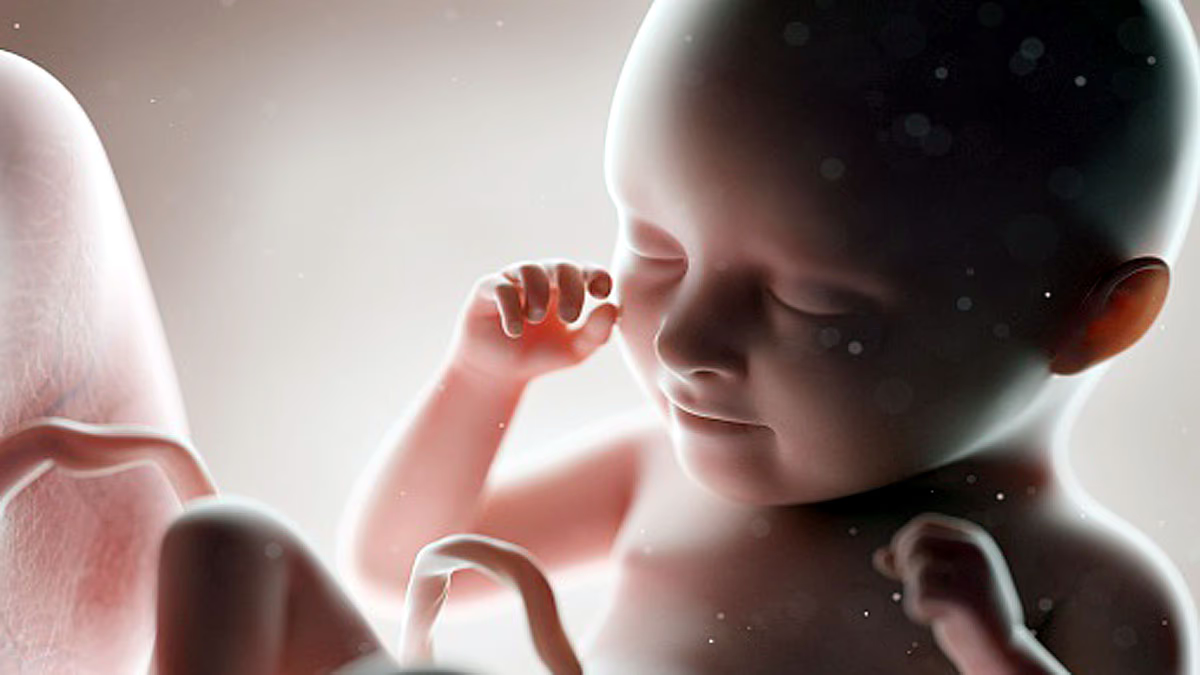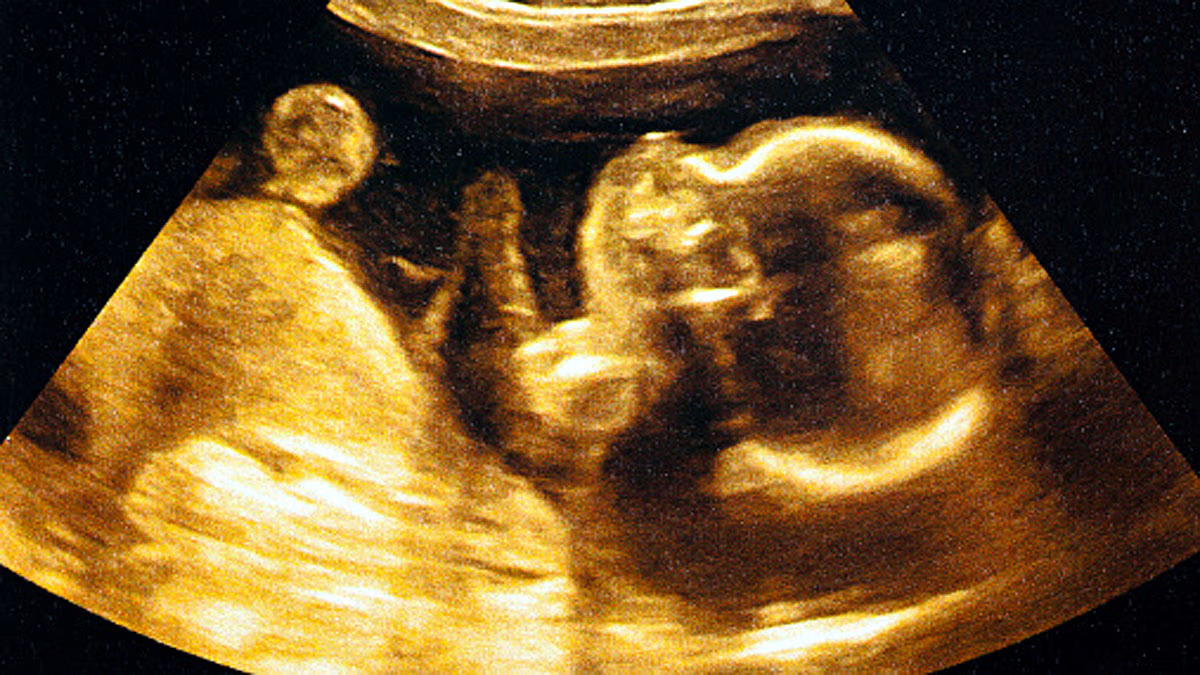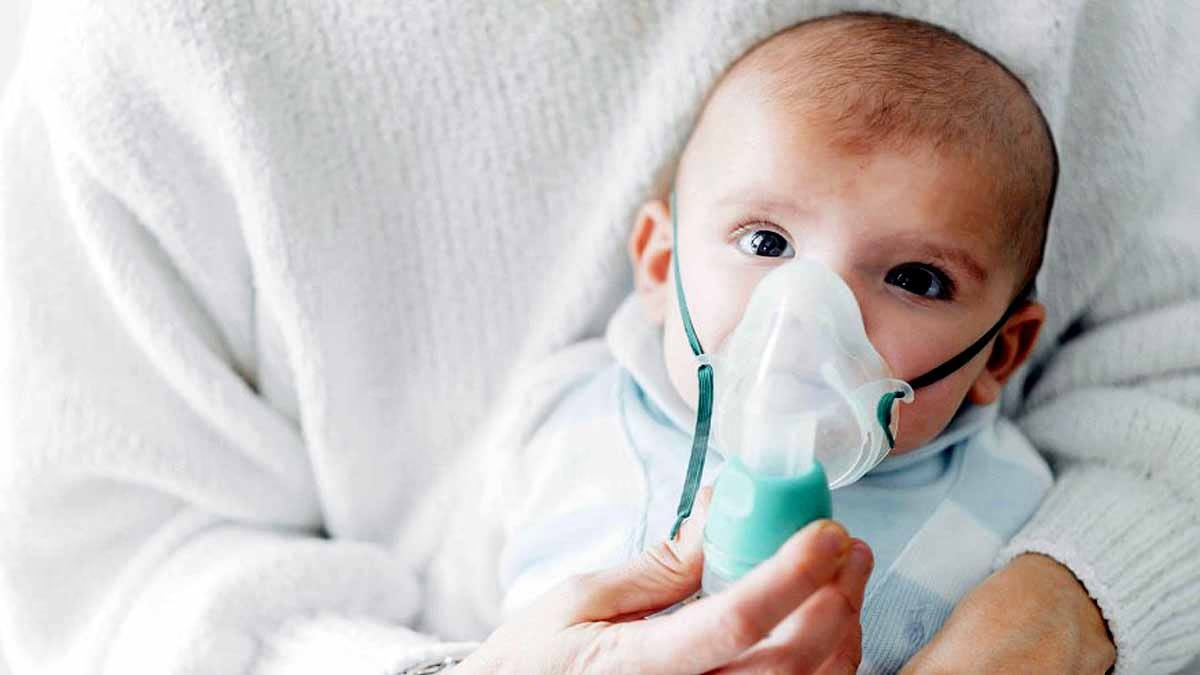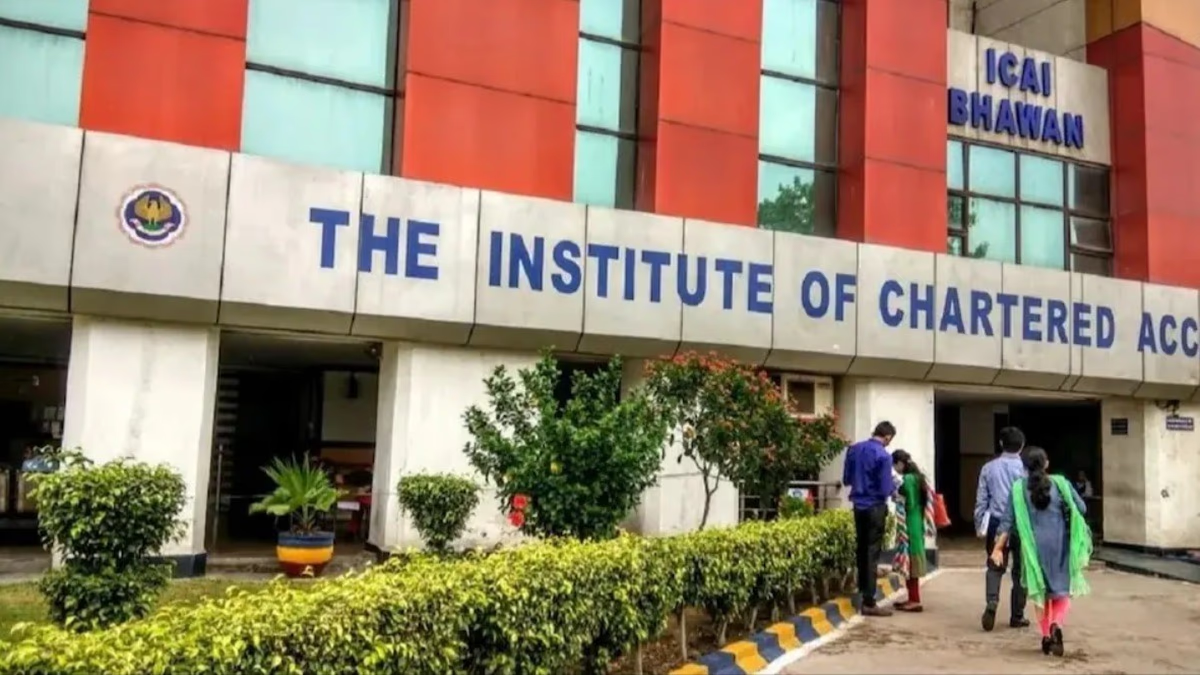Air pollution is a pressing global issue affecting not only adults but also unborn children. When expectant mothers breathe polluted air, their unborn children are put at risk, facing lifelong health issues that extend into infancy, childhood, and adolescence.
This problem is particularly severe in the Global South. In India, nearly a quarter of newborns do not survive past their first month, with pollution being a significant contributor. Scientific research has underscored how pollutants infiltrate the body, damaging vital organs.
These aren’t merely respiratory ailments; the damage spans various health aspects, disproportionately affecting children from impoverished families. Let’s explore how pollution impacts children from the womb.

Source: aajtak
Unborn children or fetuses are the most vulnerable victims of pollution. When a mother lives in polluted environments, toxic particles (like dust and smoke) transfer from her body to that of her child, significantly reducing the child’s survival odds.
Stillbirth: The baby dies in the womb.
Low Birth Weight: Babies are born small and weak.
Preterm Birth: Babies are delivered prematurely, often weak.
Scientific studies highlight how pollution affects maternal lungs, diminishing oxygen and nutrients supplied to the fetus, stunting lung development in the womb, and leading to respiratory diseases later. Fine particulates provoke inflammation in mothers, weakening their immune systems.

Source: aajtak
As a result, the risk of infections increases. Neurological development in children stagnates, making them susceptible to lower respiratory infections, gastrointestinal issues, cognitive damage, inflammation, blood diseases, and jaundice. Such children battle these diseases with weakened defenses.
Children exposed to pollution in the womb often encounter severe illnesses later. They face hormonal and digestive (endocrine and metabolic) disorders such as diabetes. Compromised respiratory health leads to lifelong fragile lungs and potential adult-onset respiratory diseases.

Source: aajtak
Children in impoverished environments face multiplied hazards due to lack of medical care and clean air. Scientists have traced the pathways pollutants use to enter bodies – inhaled through nostrils, entering the bloodstream, and adversely affecting organs.
Children under five are the most susceptible to polluted air's effects. Their lung development gets severely impacted, increasing obesity risks.
Lung Weakness: Reduced breathing capacity may lead to obesity.
Stunted Brain Growth: Results in Attention Deficit Hyperactivity Disorder (ADHD), reduced intelligence, and impaired neurodevelopment.
Minor Pollution Can Be Deadly: Even slight pollution exposure permanently weakens lungs, causing chronic conditions that diminish life quality.
Young children cannot fight pollution due to their fragile immune systems, where even minor infections could be fatal.
In the Global South, pollution is a huge problem. Industrial emissions, vehicular exhaust, and smoke from combustion make the air toxic. India exemplifies this crisis, with a quarter of newborns dying within their first month, substantially due to pollution, beginning in the womb.
Poverty exacerbates the issue. Deprived of clean water, nutritious food, and healthcare, children naturally play in polluted air. Governments and scientists warn that this is a pandemic-level crisis.




